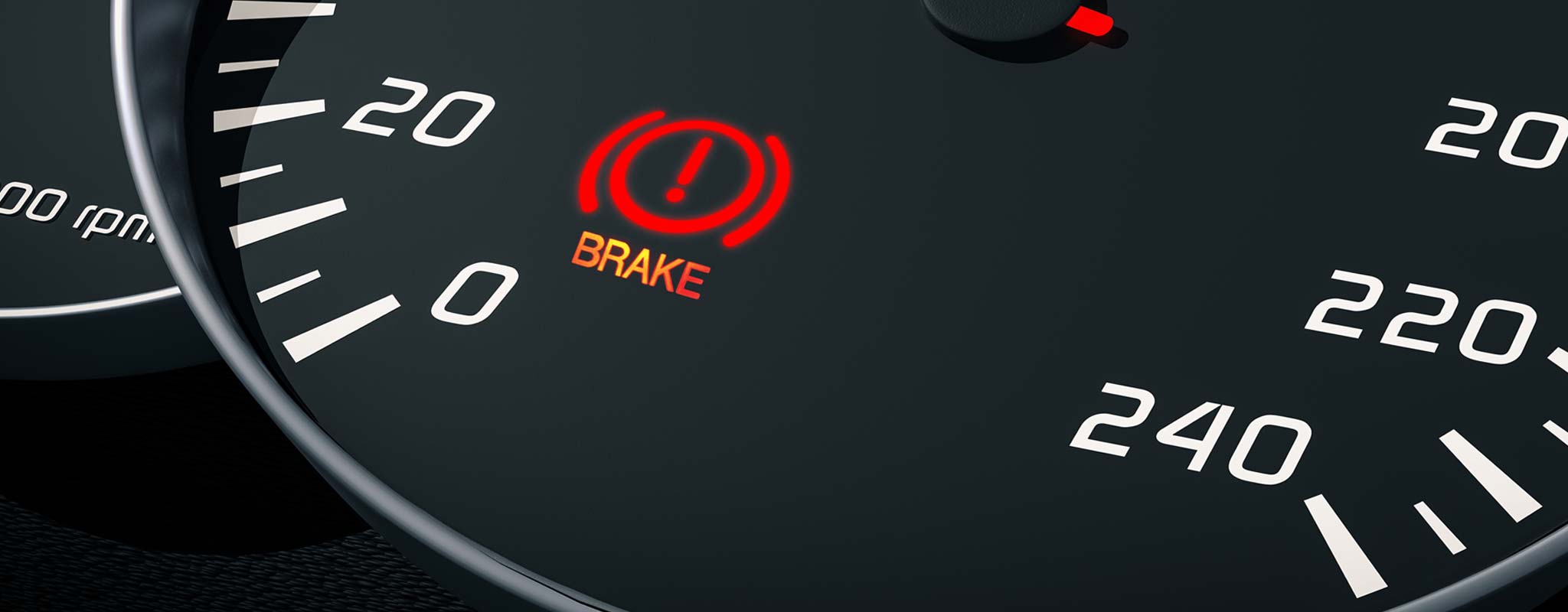

Furniture
What Does Brake Lamp Light Mean
Modified: September 2, 2024
Learn what the brake lamp light means and how to fix it quickly. Find the best furniture options for your home and enjoy a stylish and comfortable living space.
(Many of the links in this article redirect to a specific reviewed product. Your purchase of these products through affiliate links helps to generate commission for Storables.com, at no extra cost. Learn more)
Introduction
Welcome to the world of furniture! Whether you’re a design enthusiast, a homeowner looking to spruce up your living space, or a business owner in the furniture industry, this article is sure to provide you with valuable insights. In this comprehensive guide, we will dive into the fascinating world of furniture and explore the various aspects that make it a crucial element in our lives.
From the earliest civilizations to the modern era, furniture has played a significant role in shaping our daily lives. It not only serves functional purposes but also adds beauty, comfort, and personality to our homes and workplaces. With countless options available in the market, there is furniture to suit every taste, budget, and lifestyle.
In this article, we will explore the different types of furniture, their styles, materials, and the considerations to keep in mind while selecting furniture for your specific needs. We will discuss the latest trends in furniture design and provide expert tips on how to care for and maintain your furniture to ensure its longevity.
Additionally, we will delve into the art of arranging furniture to maximize space and create a harmonious atmosphere in your living areas. Furniture plays a crucial role in interior design, and understanding the principles of arrangement and placement can transform your space into a functional and aesthetically pleasing environment.
No discussion about furniture would be complete without exploring the fascinating history and evolution of this timeless art form. From ancient Egyptian and Greek furniture to the iconic mid-century modern designs, we will take a journey through time to understand how furniture design has evolved and adapted to changing tastes and lifestyles.
Furthermore, we will discuss the importance of sustainable and eco-friendly furniture choices. As more and more individuals and organizations become conscious of their environmental footprint, the furniture industry has responded with innovative and sustainable materials and production methods. We will examine these eco-friendly options and highlight ways in which you can make responsible choices when purchasing furniture.
Whether you are looking for inspiration for your next furniture purchase, seeking advice on maintenance and care, or simply interested in the history and design of furniture, this comprehensive guide has you covered. Join us as we explore the multifaceted world of furniture and discover the key elements that make it an essential aspect of our everyday lives.
Key Takeaways:
- Understanding the Brake Lamp Light
When the brake lamp light comes on, it’s a crucial warning of potential issues with your vehicle’s braking system. Ignoring it can compromise safety and visibility, so take immediate action to address the problem. - Importance of Addressing the Brake Lamp Light
Addressing the brake lamp light is essential for safety, visibility, braking performance, preventing further damage, and legal compliance. Taking prompt action ensures a safer driving experience and avoids costly repairs.
Read more: What Does Brake Lamp Mean On A Honda Pilot
Understanding the Brake Lamp Light
When you’re driving and suddenly notice a bright red light illuminated on your dashboard, it’s essential to understand what it means and take prompt action. One such light that may catch your attention is the brake lamp light. Understanding the significance of this indicator can help you identify potential issues with your vehicle’s brake system and ensure your safety on the road.
The brake lamp light, often represented by an illuminated icon of a brake or the words “brake,” serves as a warning signal that there is a problem with your vehicle’s braking system. It is designed to alert you when there is a malfunction or failure within the brake system, indicating the need for immediate attention.
Commonly, the brake lamp light is triggered by a faulty brake light switch, which is responsible for activating the brake lights when you press the brake pedal. A malfunctioning switch can cause the brake lights to remain constantly illuminated or fail to light up at all, compromising the visibility of your vehicle to other drivers.
In some cases, the brake lamp light may be triggered by other issues within the brake system, such as low brake fluid levels, worn brake pads, a malfunctioning ABS (Anti-lock Braking System), or a faulty brake master cylinder. These problems can affect the performance and effectiveness of your brakes, potentially compromising your ability to stop safely.
It’s important to note that the brake lamp light may vary in appearance and location on different vehicle models. Some vehicles may have a dedicated brake warning light, while others may use a general warning light, such as the “Check Engine” light, to indicate brake system issues. Consult your vehicle’s owner’s manual to familiarize yourself with the specific brake lamp light icon and its location on your dashboard.
When the brake lamp light comes on, it’s crucial to take immediate action to address the issue. Ignoring the warning light and continuing to drive with a malfunctioning brake system can pose a significant risk to your safety and the safety of others on the road.
Next, we will explore the common causes of the brake lamp light and provide you with steps to take when this warning light is illuminated. Stay tuned!
Common Causes of the Brake Lamp Light
The brake lamp light on your vehicle’s dashboard serves as an important warning signal, indicating potential issues with your braking system. When this light illuminates, it’s crucial to identify the root cause promptly to ensure your safety on the road. Let’s explore some of the common causes that can trigger the brake lamp light:
1. Faulty Brake Light Switch: The brake lamp light is often triggered by a malfunctioning brake light switch. This switch is responsible for activating the brake lights when you press the brake pedal. If the switch is faulty, it can cause the brake lights to stay constantly illuminated or fail to light up at all.
2. Low Brake Fluid Levels: Your vehicle’s braking system relies on an adequate amount of brake fluid to operate effectively. If the brake fluid level is low, it can indicate a leak in the system or excessive wear of the brake pads. Insufficient brake fluid can lead to decreased braking performance and trigger the brake lamp light.
3. Worn Brake Pads: Brake pads are designed to withstand friction and provide the necessary stopping power. Over time, they will wear down and require replacement. If your brake pads are excessively worn, it can trigger the brake lamp light as a warning to have them replaced.
4. Malfunctioning ABS (Anti-lock Braking System): The ABS is a safety feature that prevents the wheels from locking up during sudden stops. If there is a malfunction in the ABS system, it can lead to an inaccurate reading of the brake pedal position, resulting in the brake lamp light coming on.
5. Faulty Brake Master Cylinder: The brake master cylinder is responsible for generating hydraulic pressure to activate the brake system. If the master cylinder is faulty, it can lead to a loss of brake fluid pressure, causing the brake lamp light to illuminate.
6. Brake System Electrical Issues: Electrical problems, such as loose or corroded connections, can interfere with the proper functioning of the brake system. These issues can disrupt the signal between the brake light switch and the brake lights, triggering the brake lamp light.
It is important to note that these are just a few of the common causes that can trigger the brake lamp light. Each vehicle’s braking system may have unique components and specifications, so it is always recommended to consult your vehicle’s owner’s manual or seek professional assistance to diagnose and address the specific cause of the brake lamp light.
In the next section, we will discuss the steps you should take when the brake lamp light comes on. Stay tuned for valuable guidance on how to handle this warning indicator effectively.
If your brake lamp light comes on, it could indicate a problem with your brake system. Check your brake fluid level and brake pads, and have a professional inspect your brakes if needed.
Steps to Take When the Brake Lamp Light Comes On
When the brake lamp light illuminates on your vehicle’s dashboard, it’s important to take immediate action to address the underlying issue. Here are the steps you should follow when the brake lamp light comes on:
- Do not ignore the warning: The brake lamp light is a crucial indicator that there may be a problem with your vehicle’s braking system. Ignoring the warning and continuing to drive can be dangerous and compromise your safety on the road.
- Check your brake lights: Start by checking your vehicle’s brake lights. Have someone stand behind the vehicle while you press the brake pedal to see if the brake lights come on. If the brake lights are not functioning properly, it may be a sign of a faulty brake light switch.
- Inspect the brake fluid level: Check the brake fluid level in the reservoir. If it is significantly low, it may indicate a leak in the brake system or excessive wear of the brake pads. Do not attempt to drive with low brake fluid, as it can affect the performance of your brakes.
- Assess the condition of the brake pads: Inspect the condition of the brake pads. If they appear worn down or if you hear squeaking or grinding noises when applying the brakes, it may be time to replace the brake pads. Worn brake pads can compromise braking efficiency.
- Take note of any abnormal brake behavior: Pay attention to any unusual brake behavior, such as a spongy brake pedal, increased braking distance, or a pulsating sensation when braking. These signs may indicate a more serious issue with the brake system, such as a faulty ABS or brake master cylinder.
- Seek professional assistance: If you are unable to identify and resolve the issue on your own, it is recommended to seek professional assistance. A qualified mechanic or technician will have the knowledge and expertise to diagnose and repair the specific problem with your vehicle’s braking system.
Remember, the brake lamp light is a safety warning that should not be taken lightly. Taking immediate action and addressing the issue promptly can ensure the proper functioning of your brakes and maintain your safety on the road. By following these steps, you can effectively handle the brake lamp light and make the necessary repairs or adjustments to your vehicle’s braking system.
Importance of Addressing the Brake Lamp Light
The brake lamp light serves as a crucial warning indicator that alerts you to potential issues with your vehicle’s braking system. Ignoring this warning and failing to address the underlying problem can have serious consequences. Here’s why it’s important to take immediate action when the brake lamp light comes on:
1. Safety: Your safety and the safety of others on the road should always be a top priority. The brake system is a critical component of your vehicle that allows you to slow down and stop safely. When the brake lamp light comes on, it signifies a problem that could compromise the effectiveness of your brakes. Addressing the issue promptly helps ensure that your brakes are working as intended and reduces the risk of accidents or collisions.
2. Enhanced Visibility: One of the common causes of the brake lamp light coming on is a malfunctioning brake light switch. This switch is responsible for activating your brake lights when you press the brake pedal. If the brake lights are not functioning properly, it reduces your visibility to other drivers on the road. Addressing the issue will ensure that your brake lights are working correctly, allowing other drivers to see when you are braking and reducing the risk of rear-end collisions.
3. Improved Braking Performance: Several factors, such as low brake fluid levels or worn brake pads, can trigger the brake lamp light. These issues can affect the performance of your brakes, leading to decreased stopping power, increased braking distance, or a spongy brake pedal. By addressing the underlying problem, you can restore proper braking performance, allowing you to stop safely and effectively.
4. Preventing Further Damage: Ignoring the brake lamp light can result in further damage to the braking system. For example, if the brake pads are excessively worn, driving without replacing them can cause damage to the brake rotors, leading to more expensive repairs down the line. Addressing the issue promptly can help prevent additional damage and potentially save you money in the long run.
5. Legal Compliance: In many jurisdictions, it is a legal requirement for vehicles to have functioning brake lights. If you continue to drive with a faulty brake system, including malfunctioning brake lights, you may be subject to fines or penalties. Addressing the brake lamp light ensures that your vehicle is in compliance with the law and helps you avoid unnecessary legal complications.
It is important to remember that the brake lamp light is an indicator that there is a problem with your vehicle’s braking system. Ignoring this warning can compromise your safety, the safety of others, and result in costly repairs. Taking immediate action, seeking professional assistance, and addressing the issue promptly are essential steps in maintaining a well-functioning braking system and ensuring a safer driving experience.
Read more: What Does The Genie Lamp Mean In A Car
Conclusion
Furniture is more than just functional objects in our homes and workplaces. It adds beauty, comfort, and personality to our spaces. By understanding the various aspects of furniture, from design and materials to maintenance and arrangement, we can make informed choices that enhance our living environments.
In this comprehensive guide, we have explored the world of furniture, its history, and its evolution. We have discussed the different types of furniture and the factors to consider when selecting pieces for your specific needs. We have also delved into the importance of sustainable and eco-friendly furniture choices, as well as the art of arranging furniture to maximize space and create a harmonious atmosphere.
Additionally, we have examined the significance of addressing the brake lamp light in our vehicles. By understanding the causes and taking immediate action, we can ensure our safety on the road and maintain the proper functioning of our braking systems.
Whether you are a design enthusiast, a homeowner looking to spruce up your space, or a business owner in the furniture industry, this guide has provided valuable insights into the world of furniture. Remember to balance functionality, aesthetics, and sustainability when making furniture choices, and stay proactive in addressing any issues with your braking system.
By incorporating these principles into your lifestyle, you can create spaces that are not only visually appealing but also functional and welcoming. So, embrace the fascinating world of furniture and let it inspire your creativity and enhance your everyday life!
Thank you for joining us on this journey through the multifaceted world of furniture, and we hope this guide has provided you with insights and inspiration for your furniture-related endeavors.
Frequently Asked Questions about What Does Brake Lamp Light Mean
Was this page helpful?
At Storables.com, we guarantee accurate and reliable information. Our content, validated by Expert Board Contributors, is crafted following stringent Editorial Policies. We're committed to providing you with well-researched, expert-backed insights for all your informational needs.
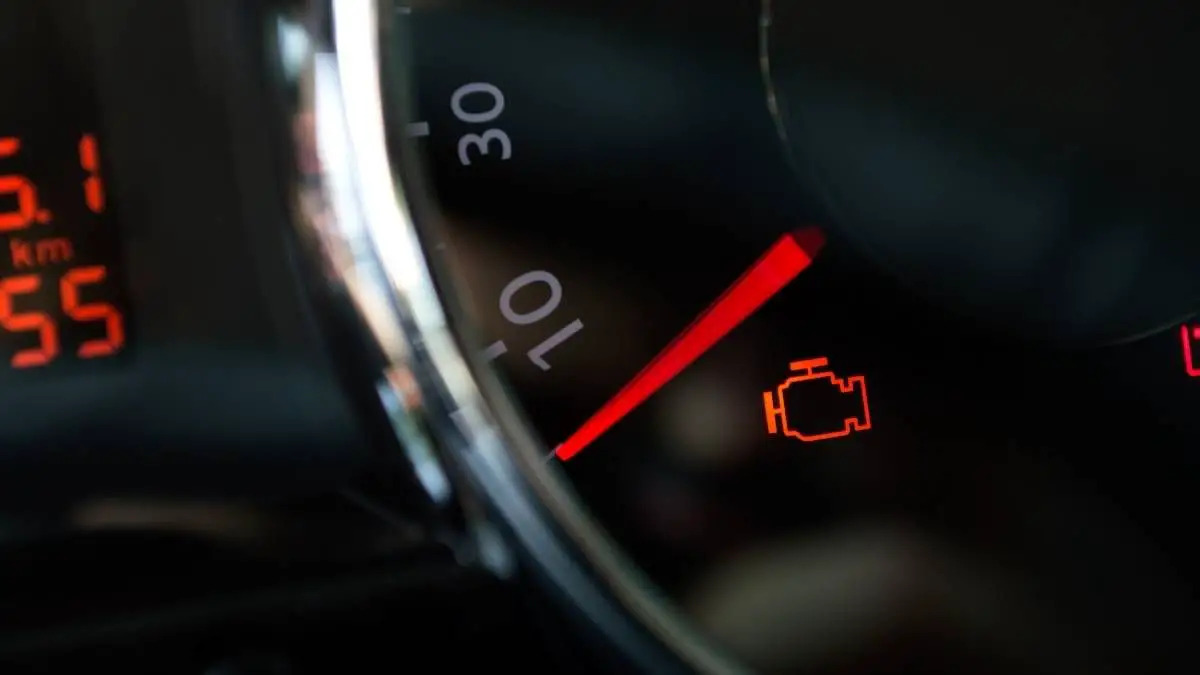
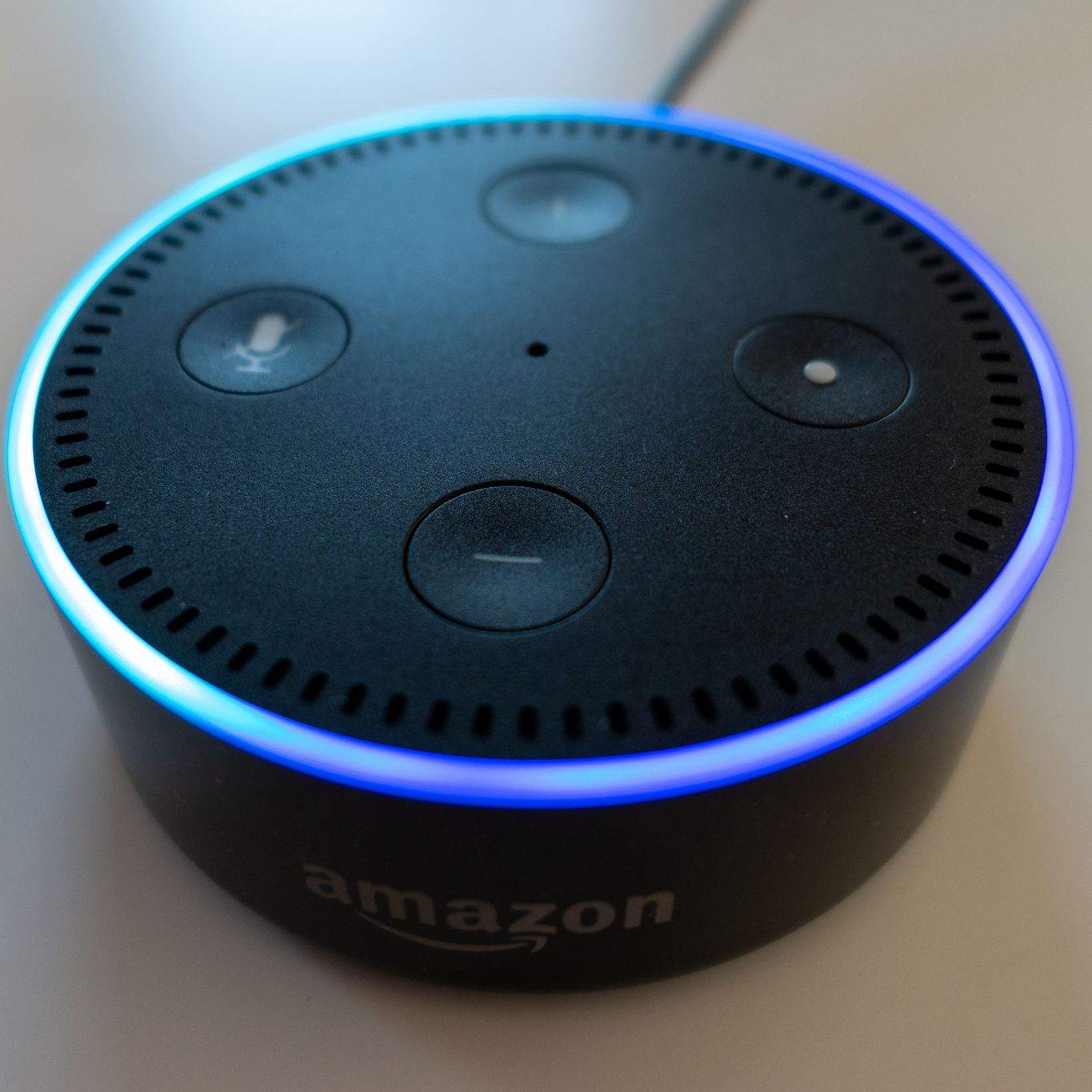

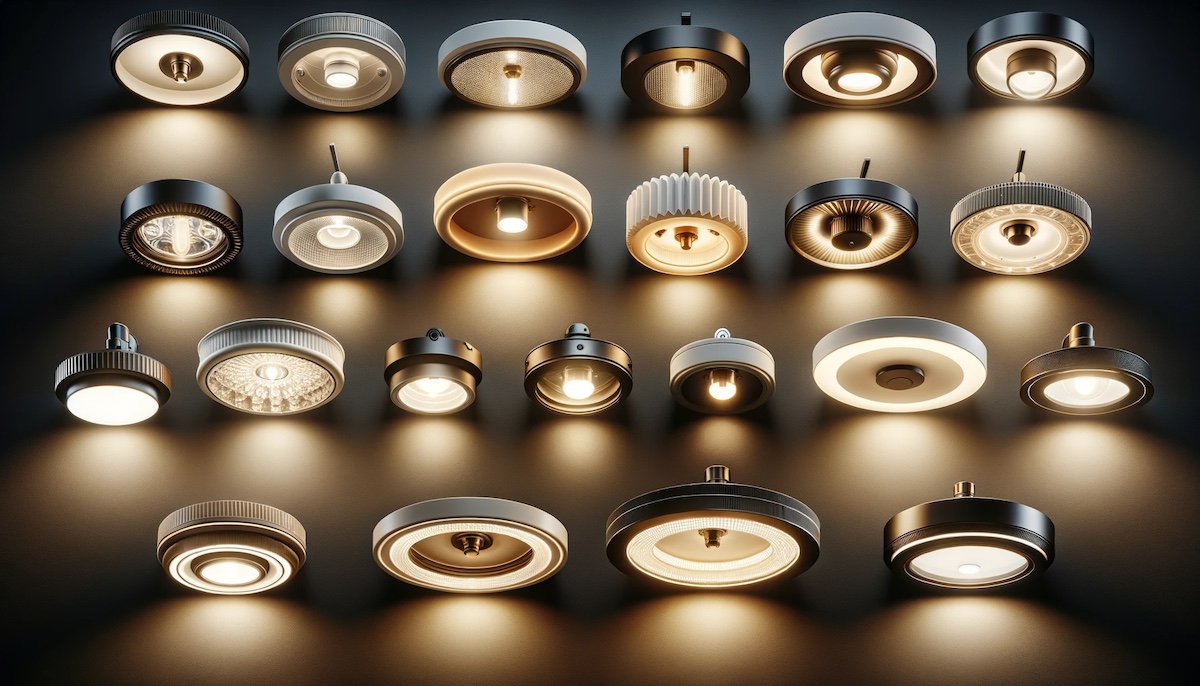

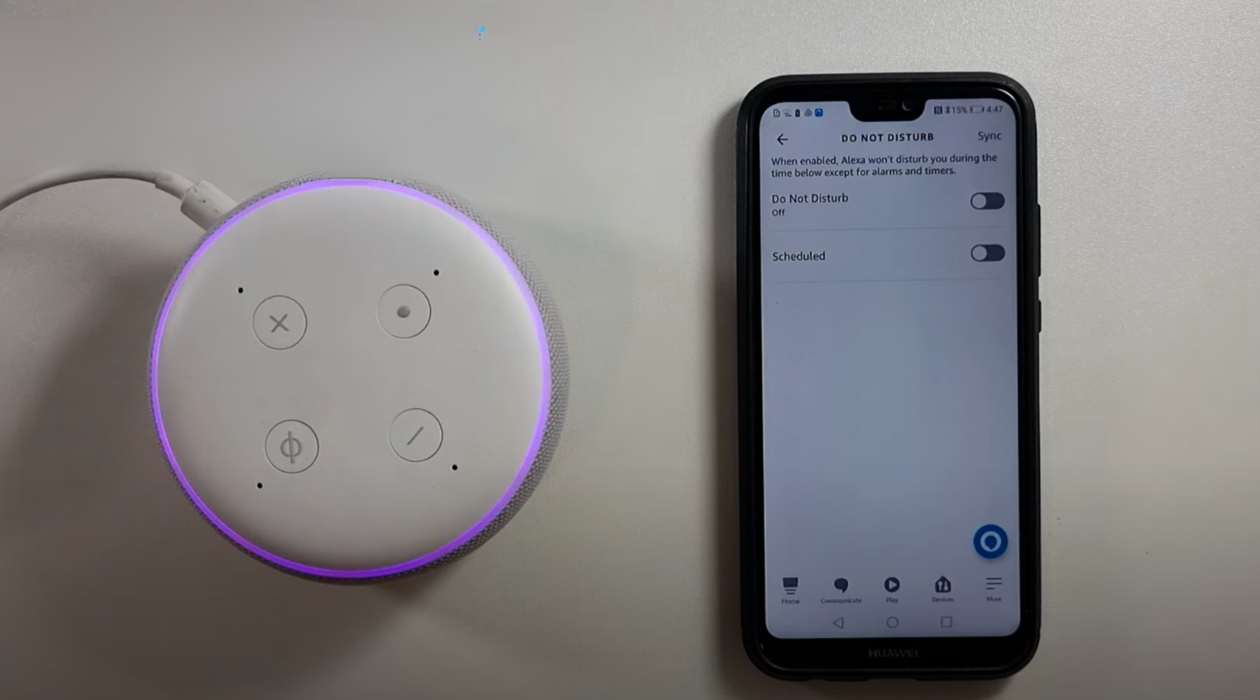
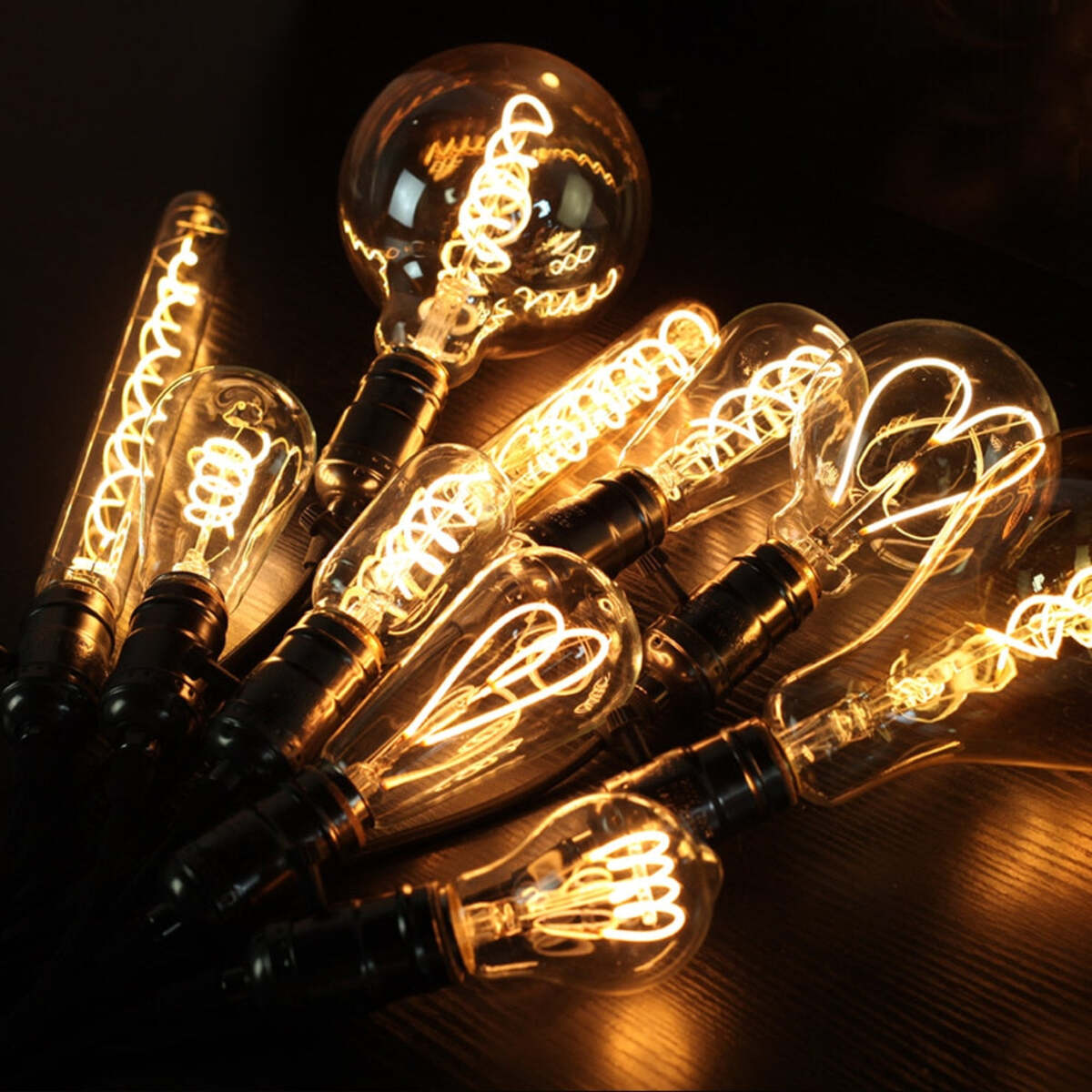
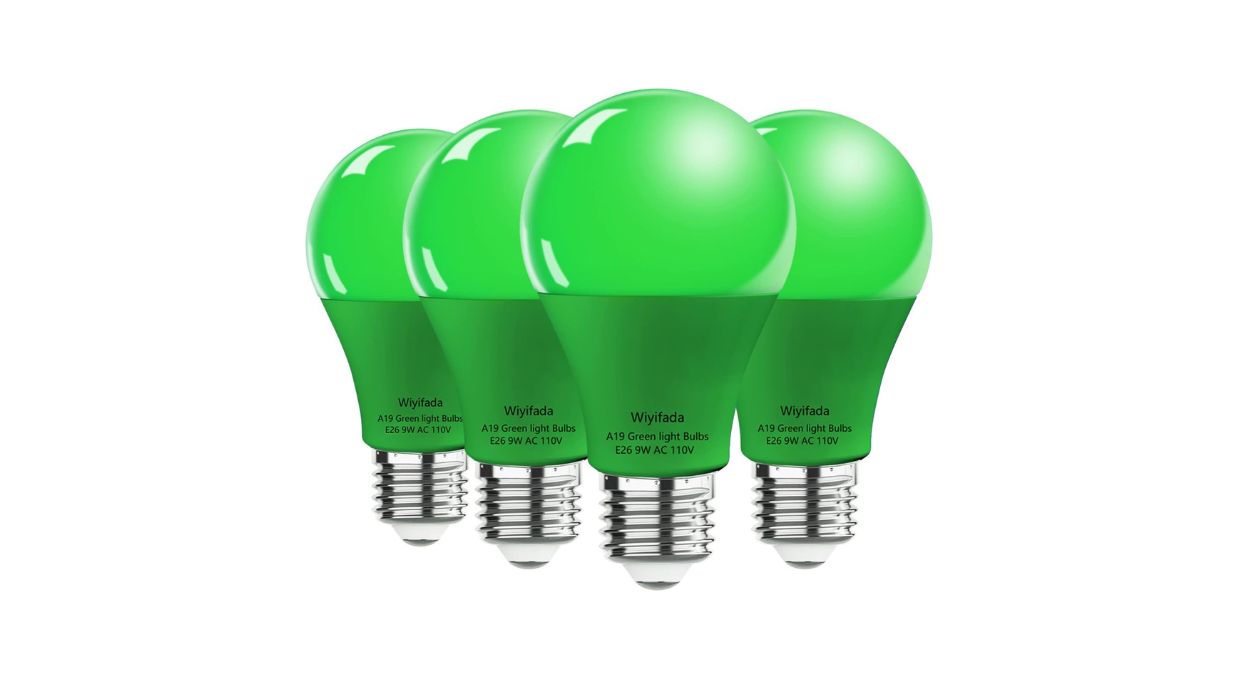
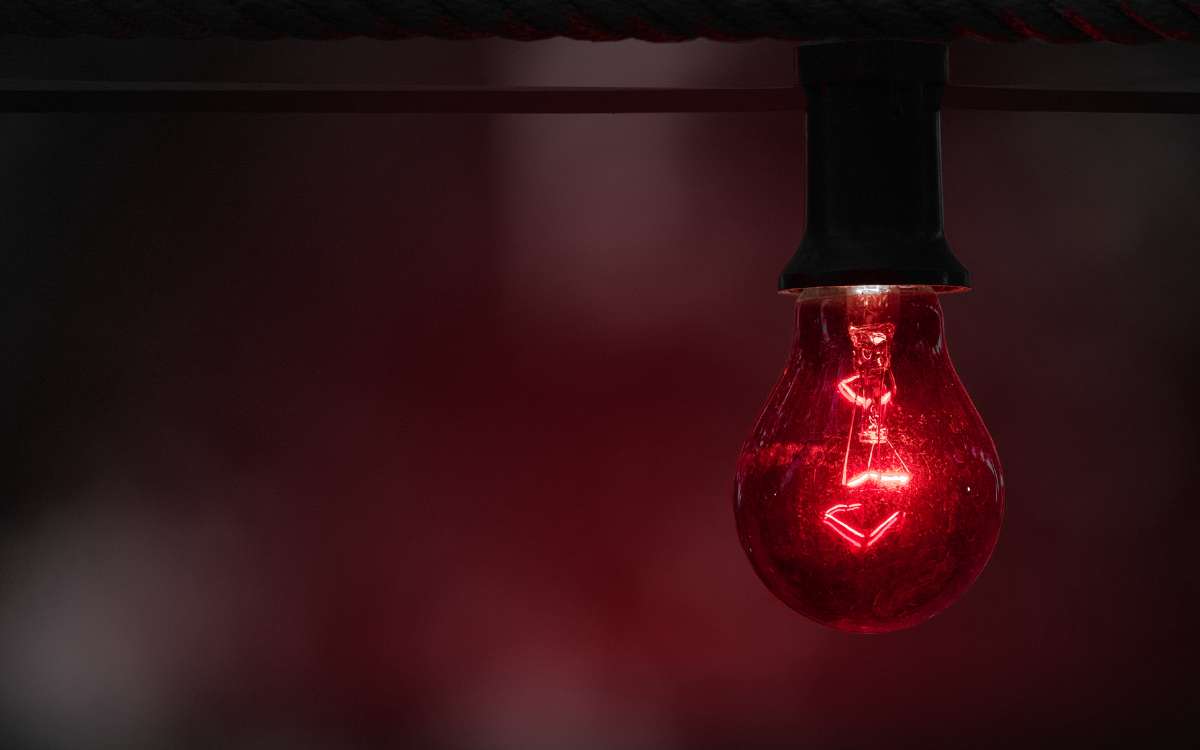
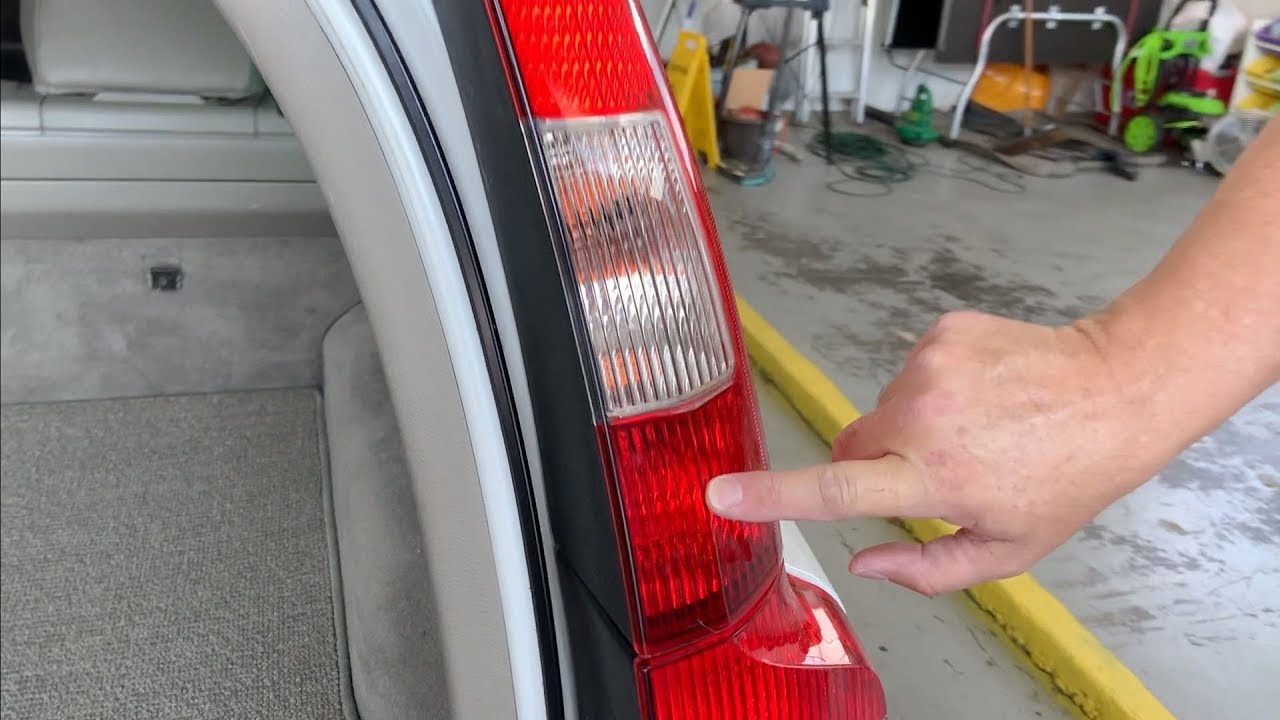
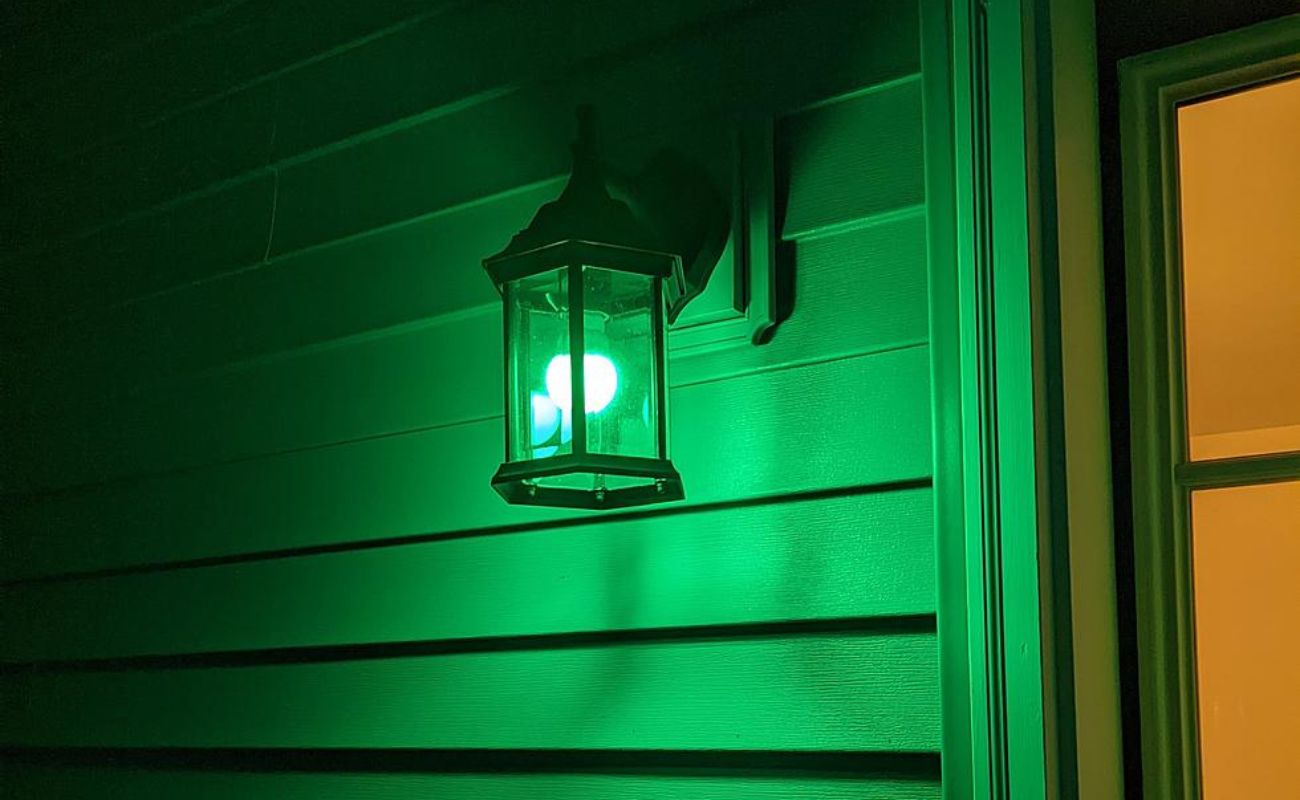
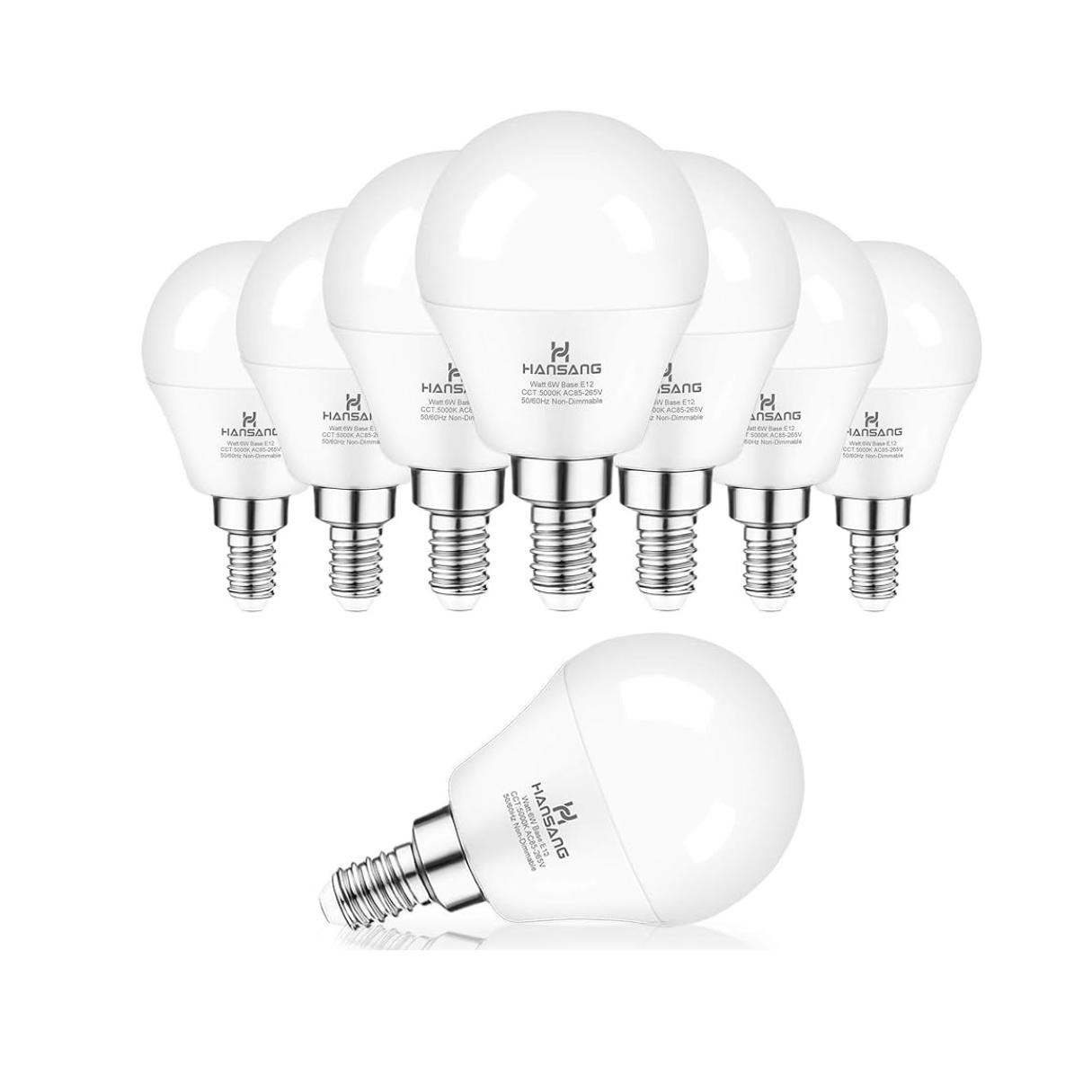
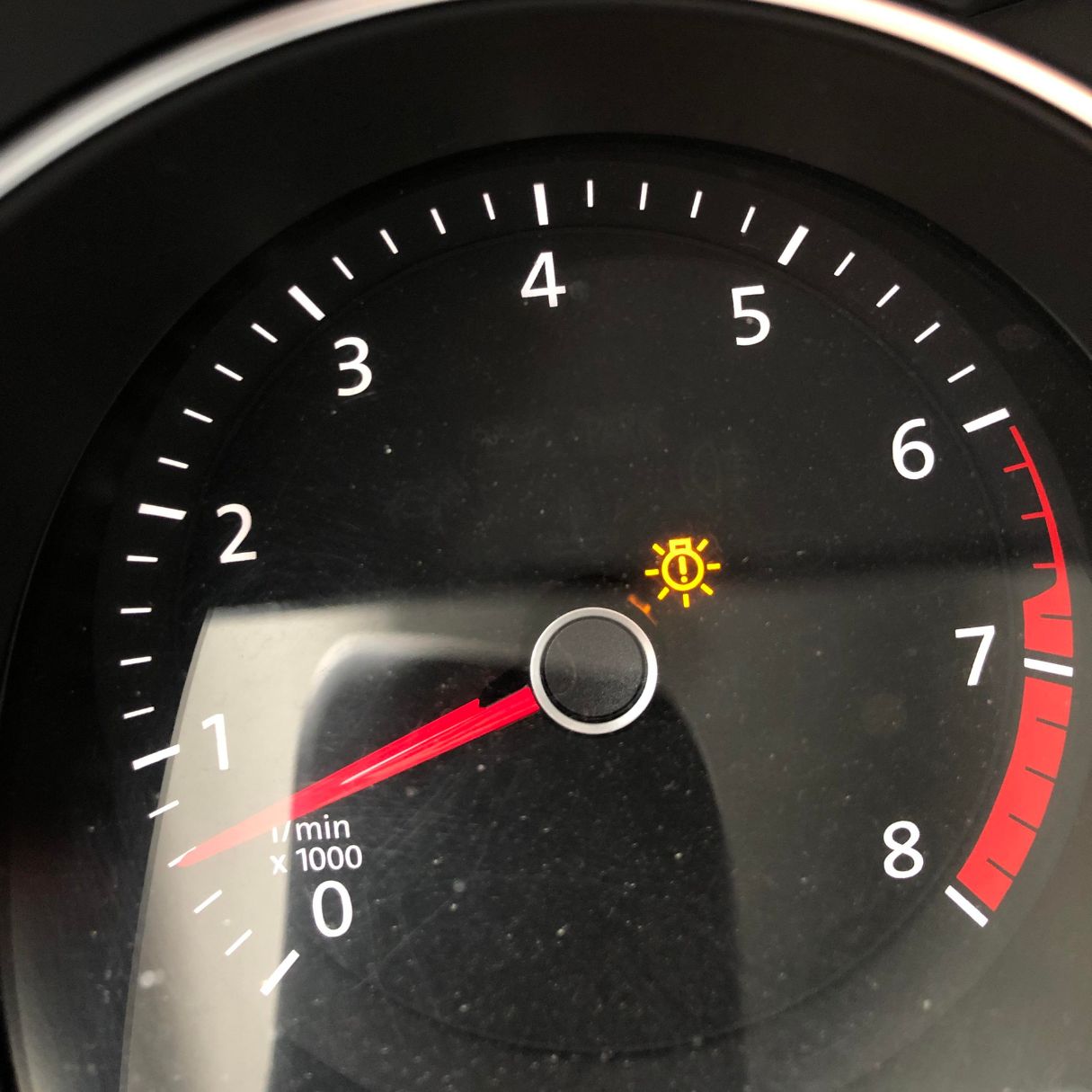
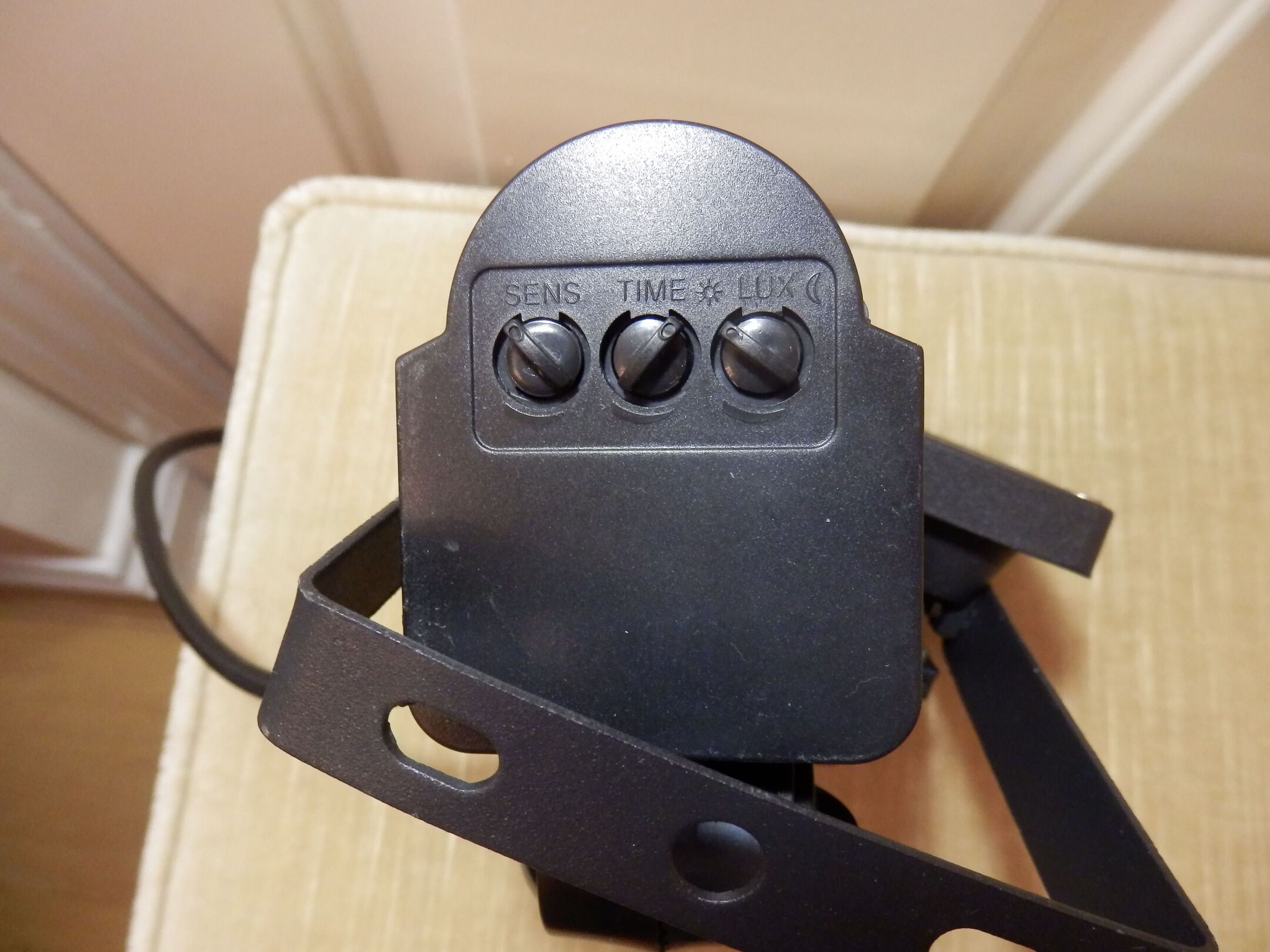

0 thoughts on “What Does Brake Lamp Light Mean”